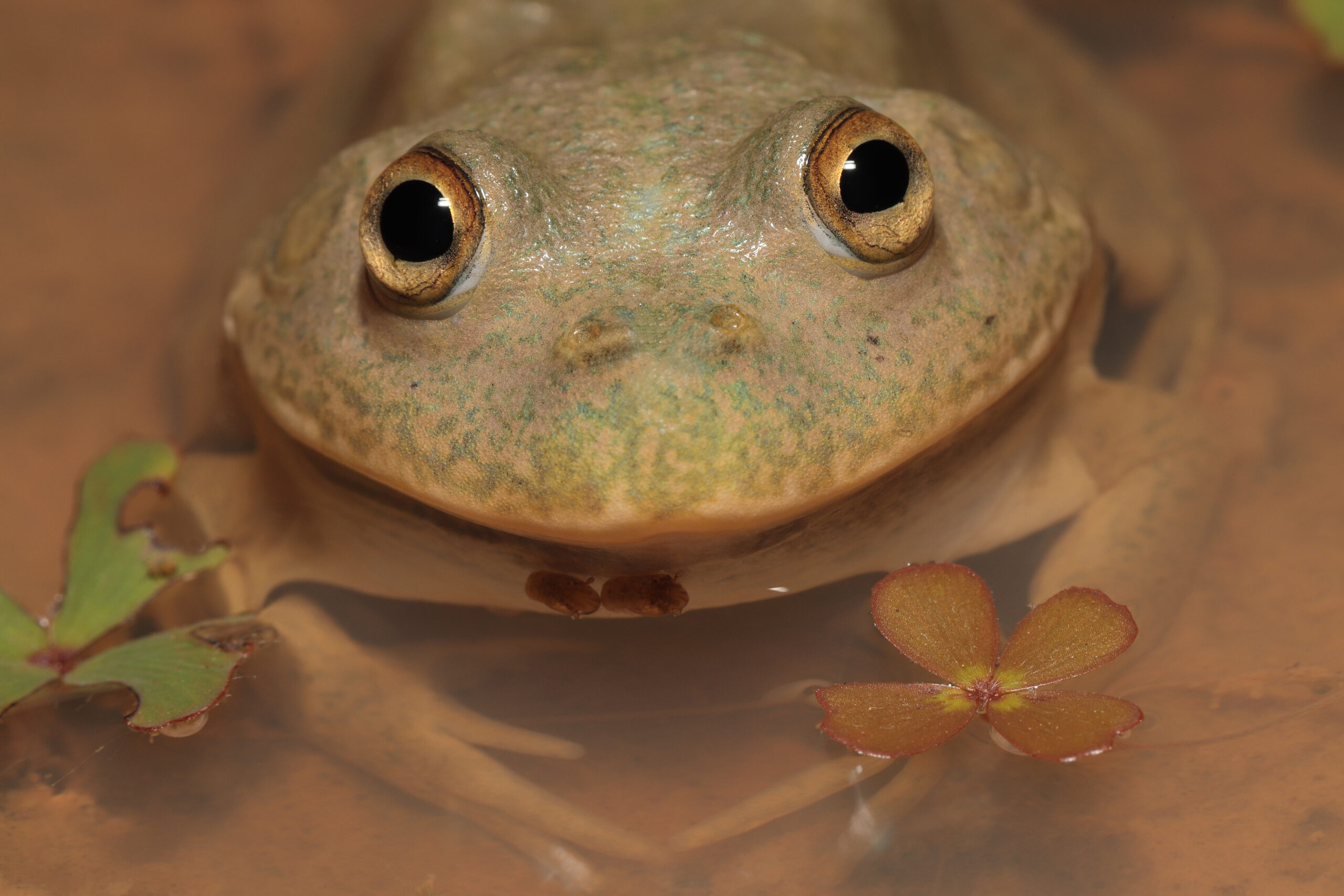| Common name | Tasmanian tiger |
| Scientific name | Thylacinus cynocephalus |
| Type | Mammal |
| Diet | Almost exclusively meat, particularly wallabies and potoroos |
| Average lifespan | Unknown, but possibly up to 14 years (an animal kept at London Zoo was thought to be 9-yearsold when it died) |
| Size | Up to 130 cm long, including a stiff tail of about 50cm; about 25kg in weight (males were slightly larger than females) |
Few other Australian animal species have as much mystery surrounding them as the thylacine.
Also known as the Tasmanian tiger – because it’s a carnivore with striped markings – much of the intrigue about this marsupial is about whether it still survives today.
Fossil evidence as well as ancient indigenous rock art that depicts it in north-west Western Australia, indicate that the species was once widespread across the Australian mainland and New Guinea. Its distribution was possibly restricted from about 3000 years ago by the arrival of the dingo to Australia as well as hunting by humans.
By the time Europeans first arrived in Australia, about 250 years ago, the thylacine was the largest living marsupial carnivore and found only on Tasmania, its last populations having been restricted to the island state when rising sea levels cut it off from the mainland about 14,000 years ago.
Although there’s evidence that Indigenous Australians may have hunted and eaten the thylacine, the species lived in harmony with humans until Europeans began establishing pastoral properties in Tasmania. It was blamed for killing sheep and other farm animals, particularly poultry, and a government bounty was put on the species head. As a result, it was hunted mercilessly until, apparently, no more survived.
The last-known living individual thylacine died in Tasmania in captivity – at Hobart Zoo – in 1936, and the species was officially declared extinct in 1982.
But some people remain convinced that the thylacine survives today, perhaps in the dense forests of Tasmania’s wilderness areas, far away from where people live.
The thylacine was a reclusive and mostly nocturnal creature that looked and acted like a medium-sized dog. In fact, through a process known as convergent evolution – whereby non-related species living similar lifestyles develop similar physiological features – it had many features of a dog, including its head shape and large powerful jaws.
Being a marsupial one of the main differences to a dog was its mode of reproduction. Like other marsupials, females gave birth to very underdeveloped young and raised them at first in a pouch, which was back-ward facing. Interestingly males also had a partially developed pouch.








